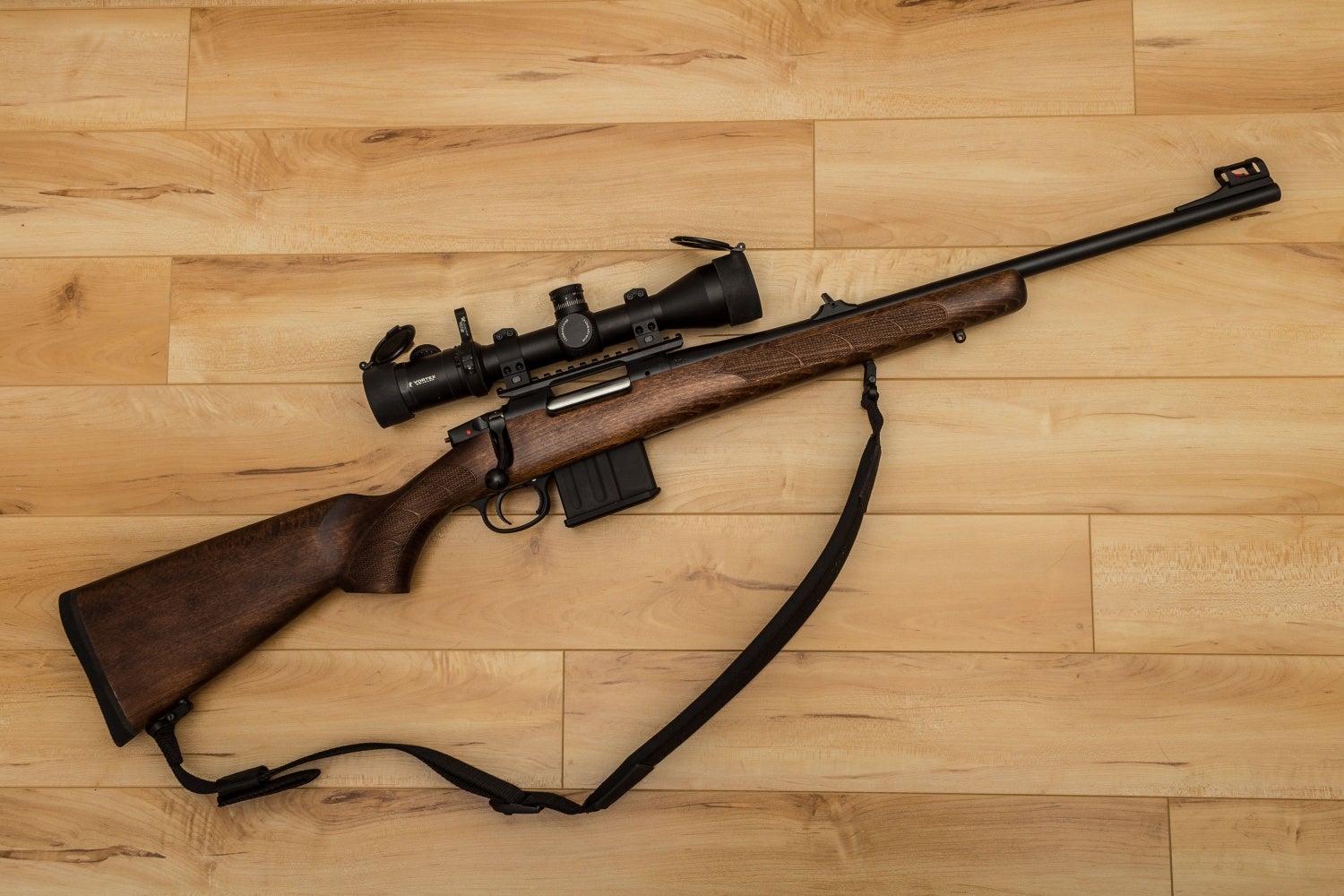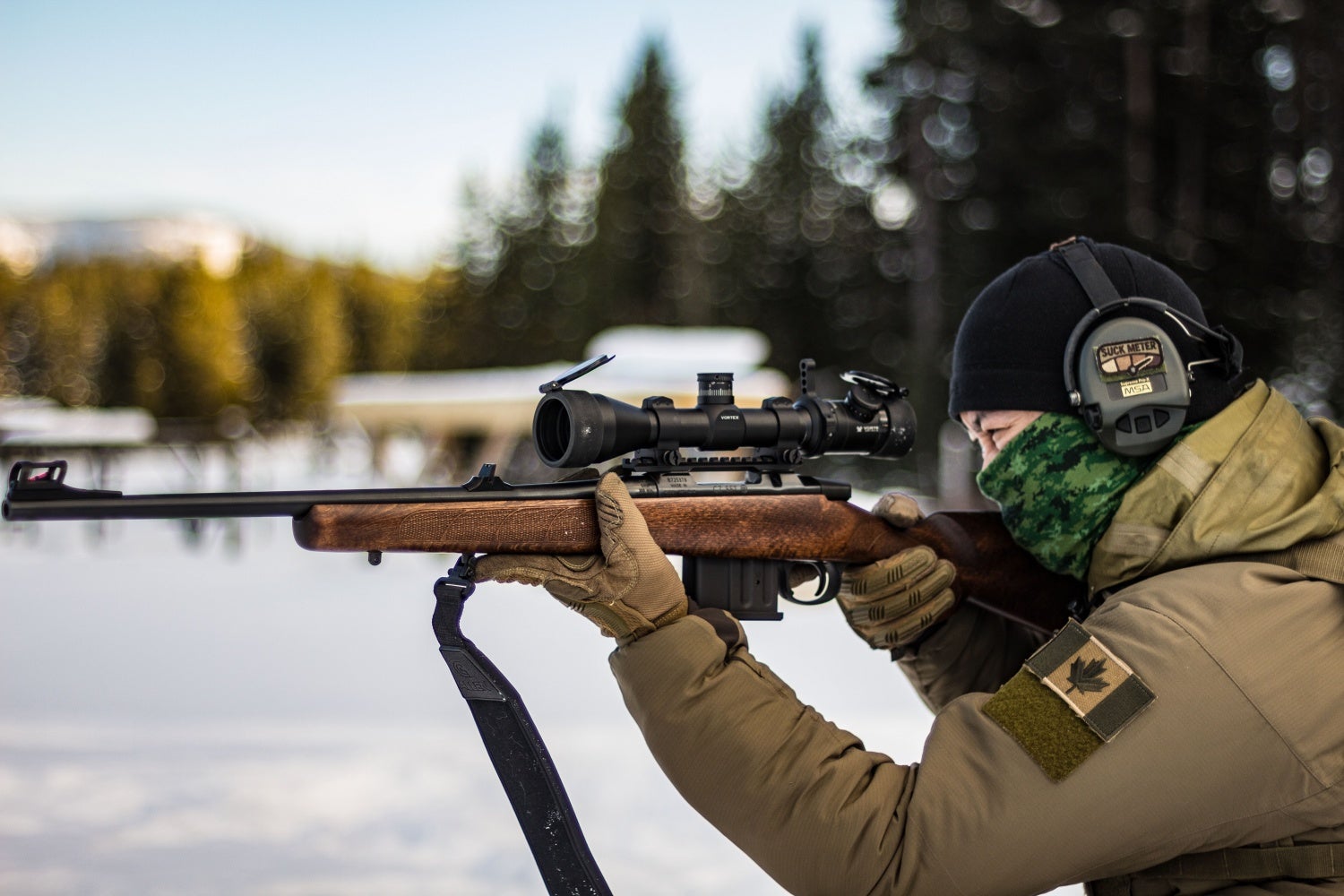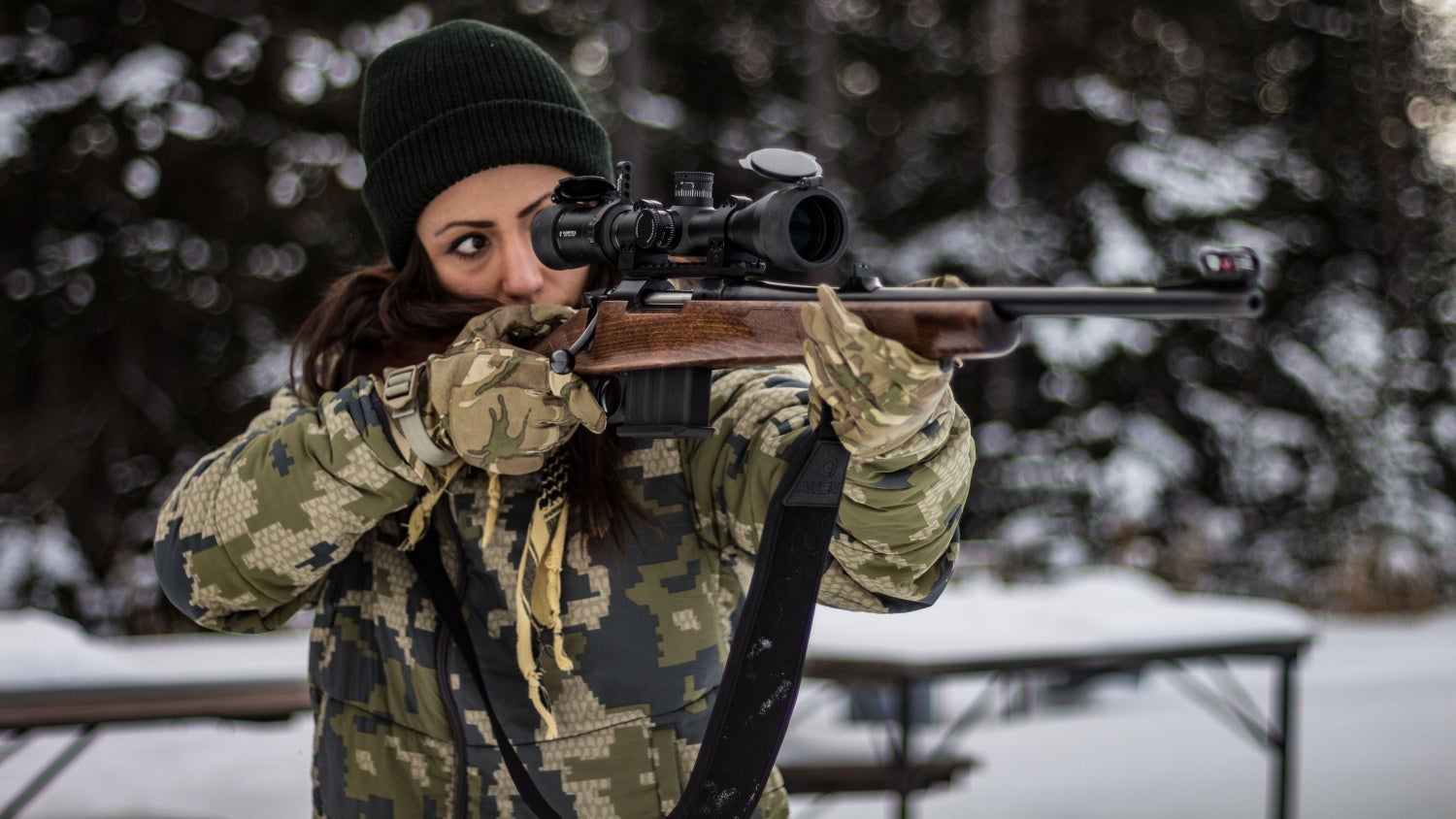The Canadian Rangers, our official presence in the Northern reaches of the country, have been carrying the World War II Lee Enfield rifle since their inception in 1947. In the extreme cold of the Canadian arctic, the Lee Enfield is tough enough to survive transport, and reliable enough to continue feeding and functioning in the toughest situations. But 70 years on, the rifles are showing their age, and stocks are no longer what they once were. They need replacing.
TFB has done some substantial coverage on the competition requirements, awarding, and what will happen to the surplus rifles.
When a Federal government opens the door to a contract like this one, they spec out what needs to be made, and accept offers from a variety of manufacturers. They take the different submissions, test them, and pick one. In the case of the Rangers, a version of the Tikka CTR was selected to be produced by Colt Canada and sent into the polar service.

But what happens to the guns that didn’t get picked?
This is where civilian shooters can reap the benefits of Government contracts, for many firearms manufacturers will bring those alternate designs to market after a selection is made.
I would suggest the rising flood of new striker-fired handguns in the United States right now can be attributed to the M9 replacement competition run by the US Army. On a much smaller scale, we’ve seen the same thing happen with the results of the Ranger rifle program.
The Cz557 Ranger Rifle from Česká zbrojovka was originally built to compete for the Canadian contract, but found new life in the civilian world after the results had been awarded. I’ve had one in my safe for the past few months, and taken it out to the range on some of the coldest days of the winter for several shooters to try.
The requirements of the Rangers share some interesting overlap with Jeff Cooper’s Scout Rifle concept first put forward in the 1980s, and the .308 Cz push-feed rifle is an interesting take on the solicitation. A detachable 10 round box magazine is something the 557 series has never seen before, and certainly a big step up from fixed magazine of the Lee Enfield.
This contract is one of the only times since the Second World War when a western government has requested a new bolt-action rifle with iron sights. The Ranger Rifle has a section of weaver rail for optics, with a central channel that provides visibility to the barrel mounted irons. Both sights are adjustable: a rear dovetail sight with white dots matches to a red fiber optic front-sight that is hooded to shield from impacts.
This rifle came from Wolverine Supplies in Canada, and sells for $1,199 CAD ($891 USD) with additional 10 round magazines available for $60 CAD ($44USD.)
In a classic beech wood stock with a free floated barrel, the rifle feels like a work-horse, something made for the back country of Canada. But it’s unlikely it would have been built without that initial request from the Rangers. Federal contracts influence the wider shooting industry, and can drive small arms development in new directions. As a sport shooter, I’m pleased to benefit from the results.
Expect to see a full review of this unit on TFBTV this summer, with a look at the adjustable irons, a full accuracy report, and maybe a few precision rifle series competitions for fun and games.
 Your Privacy Choices
Your Privacy Choices




